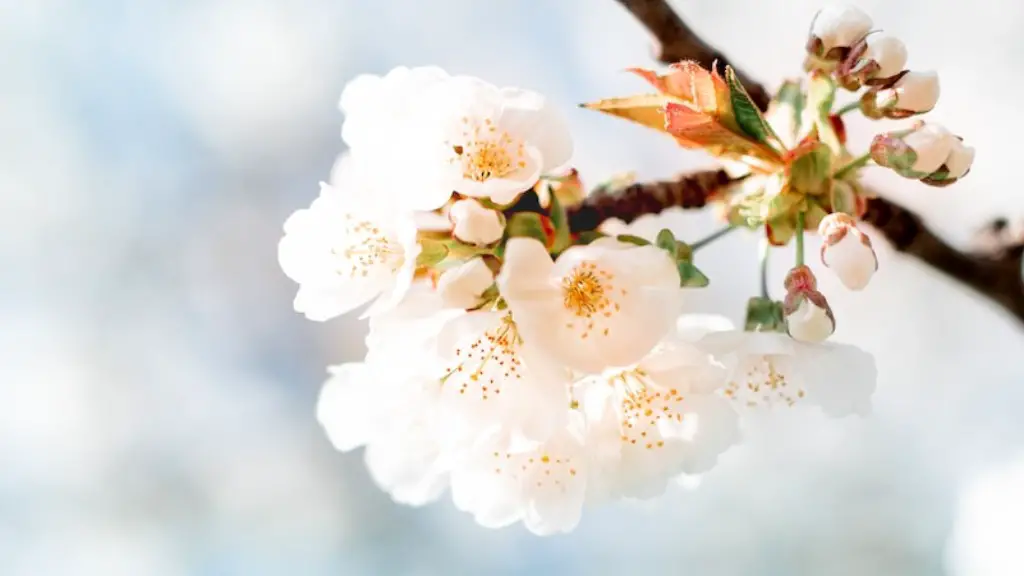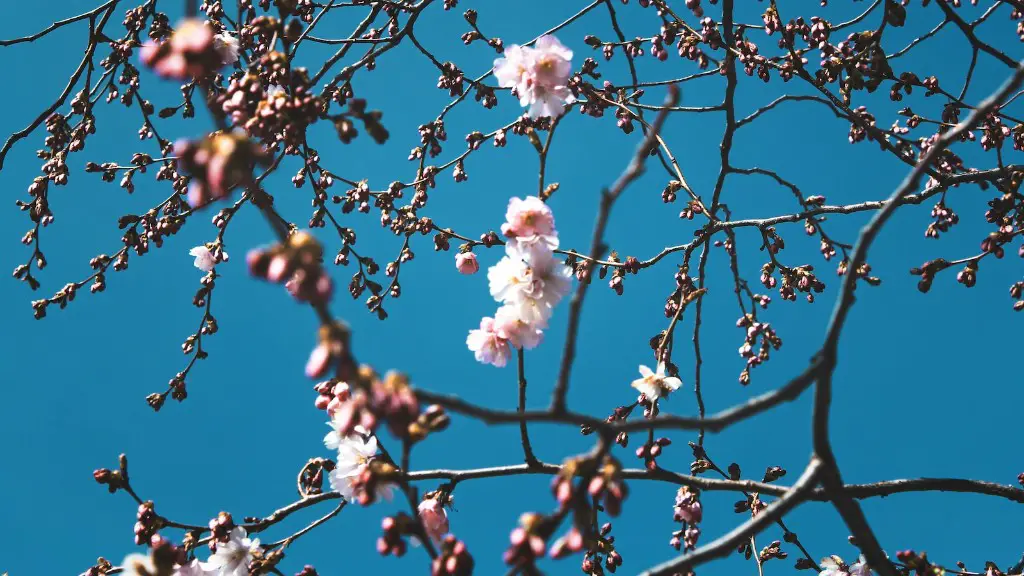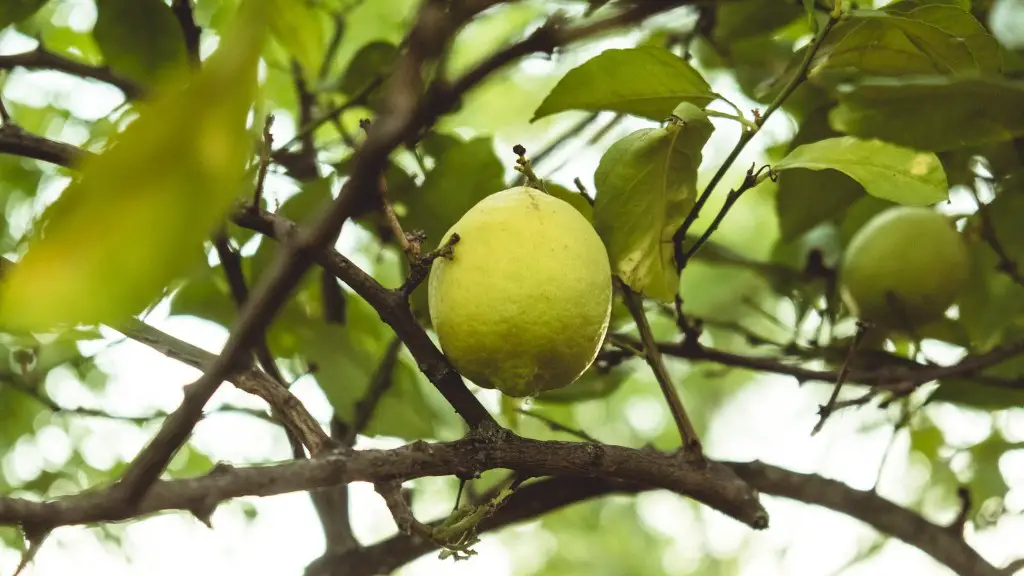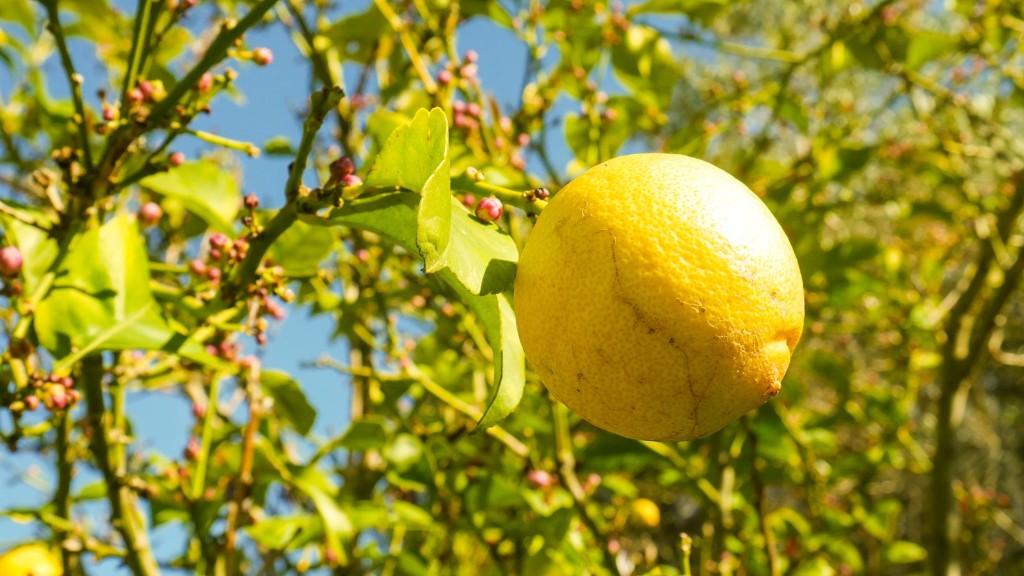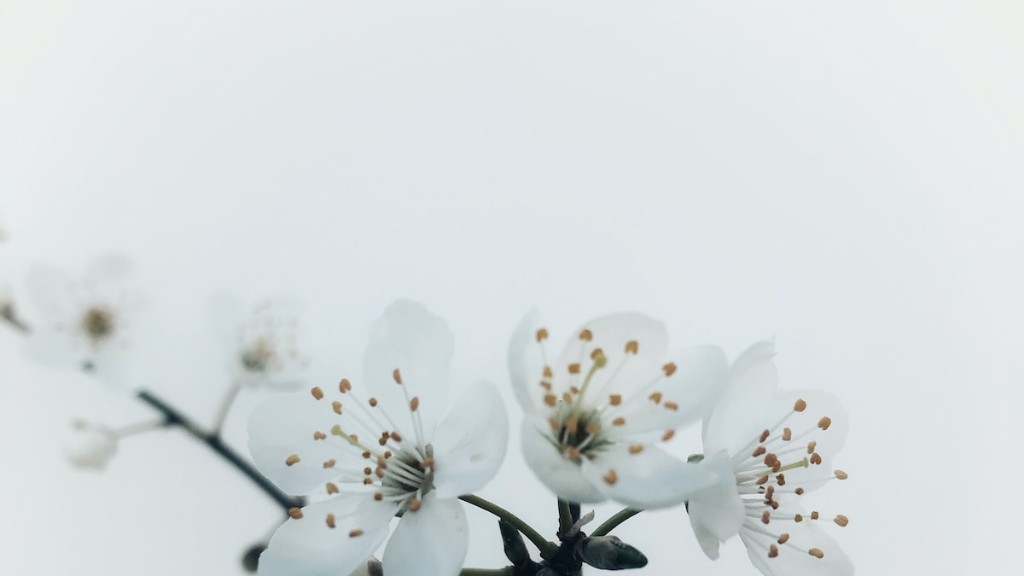Yoshino cherry trees are among the most beloved and iconic symbols of spring. Every year, millions of people flock to view their beautiful blossoms and celebrate the changing of the seasons. But when do these trees actually bloom?
The answer, like many things in nature, is complicated. The exact date of bloom depends on a variety of factors, including the weather in the previous winter, as well as the local climate and elevation. Generally, however, Yoshino cherry trees start blooming in early to mid-April in much of the United States.
The Yoshino cherry tree is native to Japan, where it is widely regarded as a symbol of renewal and beauty. It is thought to have been introduced to the United States in the late 19th century, and has since become an incredibly popular ornamental tree. It grows well in temperate climates, and blooms profusely with white and pink flowers in the spring.
The actual flowering of the Yoshino cherry tree is triggered by temperatures rather than days, meaning that the bloom period can vary widely depending on local conditions. It tends to respond to temperatures of above 50°F, and blooms over a week or two as the temperature continues to rise. A warm winter, or even a late spring, can cause a later bloom than average.
Unfortunately, Yoshino cherry trees have a relatively short blooming period. Once the petals start to fall, around mid-April, the flowering is typically almost over. This means that if you want to get a glimpse of the trees in all their glory, it is best to plan your visit ahead of time.
In addition to providing a stunning visual display, there are also several other benefits to Yoshino cherry trees. They are relatively fast-growing, and require minimal maintenance. They are also valuable food sources for native birds and other wildlife. Furthermore, some varieties have edible fruit, though they tend to be quite sour.
Given their beautiful blooms and relatively forgiving nature, it is no wonder that Yoshino cherry trees have become so beloved by gardeners and nature lovers. Though their blooms may only last for a few weeks, the beauty of these trees can bring a sense of joy and optimism to even the dreariest of days.
Aesthetics of Yoshino Cherry Trees
The Yoshino cherry tree’s real beauty comes from the panoply of delicate, pale-pink blossoms that blossom every spring. The blossoms range from a light, almost whitish hue to a vivid, rosy pink. They cover each branch with a soft layer of petals, creating a magical, almost fairy-tale effect.
The trees’ bloom is known as yaezakura, which literally translates to “double petal cherry”. This refers to the fact that each petal is composed of two separate petals, creating a unique layered effect. On top of this, the trees are also adorned with dark green leaves, which provide a striking contrast when the blossoms are in peak bloom.
Not only are the flowers of the Yoshino cherry tree beautiful, they are also incredibly fragrant. During peak bloom, the trees waft through the air a delicate scent often described as a combination of almond and rose. This sweet aroma is said to help lift the spirits and promote joy and wellbeing.
As such, Yoshino cherry trees can serve as a wonderful reminder of the beauty of nature. When the trees are in bloom, all eyes are drawn to them, captivated by their charm and allure. Though the bloom period lasts for only a few weeks, the beauty of the Yoshino cherry tree can last in our memories for a lifetime.
Interested in Viewing Yoshino Cherry Trees?
The best way to get a glimpse of Yoshino cherry trees in all their glory is to visit one of the many arboretums and parks in the United States or Japan. As these trees naturally bloom in the springtime, the best time to visit is during April or May.
The most famous Yoshino cherry tree site is probably Washington D.C.’s Tidal Basin. The trees here are located in the Tidal Basin National Park, right next to the Jefferson Memorial, and it’s an incredibly popular destination for visitors of all ages. The famous cherry blossoms of D.C. are some of the most photographed blossoms in the world, and each year the city hosts a stunning Cherry Blossom Festival to celebrate them.
Another great place to visit Yoshino cherry trees is Japan itself. The Yoshino cherry tree is native to the country, and the capitol city of Tokyo is home to more than 600,000 Yoshino cherry trees. Japan’s famous cherry blossom festivals usually begin in late March and last until mid-April, and are a popular tourist attraction.
Of course, there are many other places to see Yoshino cherry trees throughout the United States and beyond. If you do have the opportunity to visit one of these places, it’s a great chance to witness a beautiful spectacle of nature.
Yoshino Cherry Tree Care and Maintenance
The great thing about Yoshino cherry trees is that they have fairly minimal maintenance needs. They grow best in well-drained soil, and benefit from an inch or two of water per week while they are actively growing. They prefer part sun and part shade, so it’s best to plant them in an area with some shade from larger trees or buildings.
It’s also a good idea to fertilize the trees in March and April, as this will help them bloom abundantly. Fertilizers with a high nitrogen content are best, and organic fertilizers are also a great option. Additionally, it’s a good idea to prune the trees every year, as this helps to promote healthy branches and flowers.
Finally, Yoshino cherry trees aren’t too susceptible to pests or diseases, but it is important to keep an eye out for them. The most common issues include Japanese beetles and spider mites, both of which can be treated with insecticides if they become a problem.
Overall, Yoshino cherry trees are relatively low-maintenance trees that provide stunning displays of beauty every spring. With proper care and attention, these trees can last for decades, and will provide you with decades of joy and beauty.
Yoshino Cherry Trees and their Historical Significance
Yoshino cherry trees have played a prominent role in Japanese history and culture for centuries. In Japan, they are seen as a symbol of renewal and beauty, and are often featured prominently in stories, poems and theatrical performances.
The trees are also credited with being an important part of the Japanese tea ceremony. During the ceremony, the guests would be invited to admire the beauty of the Yoshino cherry trees in bloom, and appreciate the changing of the seasons. This aspect of the traditional tea ceremony is seen as an essential part of the experience, as it serves to connect visitors with the natural world.
In addition, Yoshino cherry trees are also seen as a symbol of friendship and good luck. In Japan, it is traditional to plant a tree when two friends part ways, in the hopes that their friendship can remain strong. Similarly, in the United States, it has become custom for couples to plant a Yoshino cherry tree as a symbol of their own bond and lasting love.
Regardless of how you view it, the Yoshino cherry tree is an incredible source of beauty and delight that has been enjoyed for centuries. When the trees bloom each year, it is a reminder of the resilience of nature, and the power of friendship and love.
Conclusion
Yoshino cherry trees are among the most iconic symbols of spring. Every year, millions of people flock to view their beautiful blooms and celebrate the changing of the seasons. Though they only bloom for a few weeks, the beauty and significance of these trees should not be overlooked. Their gorgeous blossoms and fragrant scent are just a few of the reasons why Yoshino cherries are so beloved.
Whether you are a gardener, nature-lover, or just someone looking for a bit of beauty in the world, Yoshino cherry trees can provide an incredibly rewarding experience. So, if you ever get the chance to view them in person, don’t hesitate. It’s a truly magical experience.
